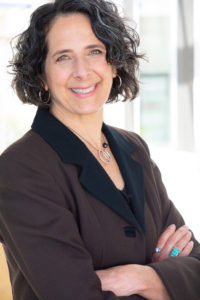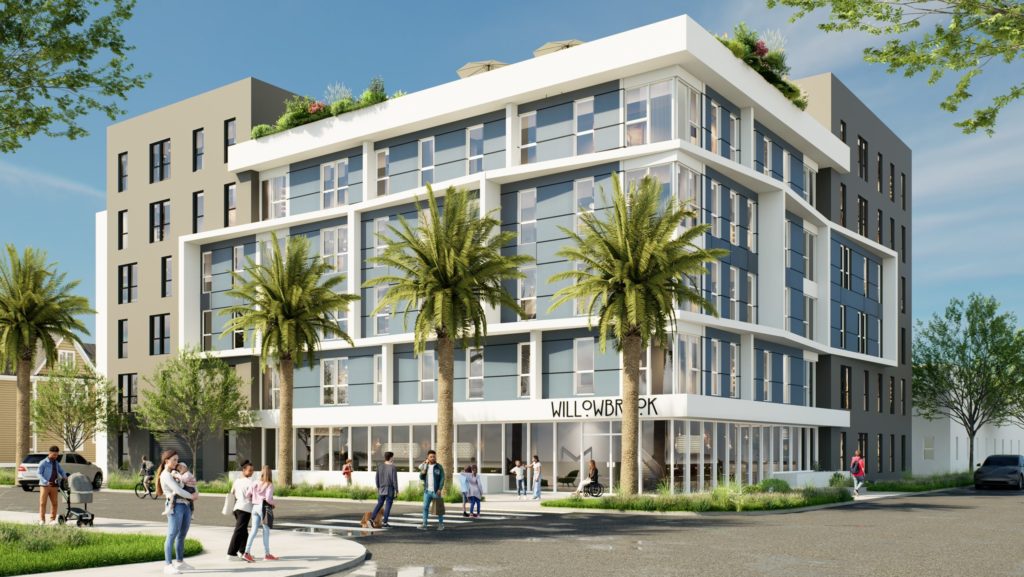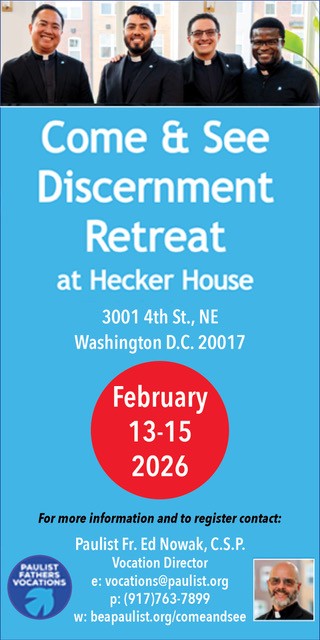The state of California holds multiple first-place distinctions in the latest annual homeless report from the U.S. Department of Housing and Urban Development — but none of them are positive.
No. 1 in the number of homeless individuals. No. 1 in the number of unaccompanied youth that are homeless. No. 1 in “chronic patterns of homelessness.”
In LA County, the report puts the number of homeless individuals at 75,518, and 77% of households considered “extremely low-income” pay more than half of their income on housing.
With stagnant wages, inflation, and rising home prices and rents, the state and local cities are scrambling to provide more affordable housing. And now private institutions are joining the response, too.
Last month, the Archdiocese of Los Angeles announced that it was spearheading a new effort to address the issue in collaboration with some of LA’s leading philanthropic organizations.
The new Our Lady Queen of Angels Housing Alliance will be chaired by Archbishop José H. Gomez, and will seek to “find ways to get more housing built and create more affordability for families and individuals in Los Angeles,” said Executive Director Amy Anderson.
The alliance’s pilot project will build affordable housing at Catholic Charities of Los Angeles’ St. Mary’s Center in East Hollywood. Located near LA City College, plans for the “Willow Brook” project include a six-story, 74-unit apartment building to house young people graduating out of foster care and lower-income community college students.
The complex would feature studios and one- and two-bedroom apartments, along with study lounges, community rooms, a wellness center and a rooftop deck. Rents would be below-market rates, as low as $400-$500, Anderson said.
The project is still in the planning stages, but if all goes according to plan, the $27 million development would break ground in the fall of 2025 and be completed in 2027.
The development’s location was conceived in part due to some eye-opening stats about populations often described as “underserved.”
Various studies have shown that about 30% of former foster youth become homeless or incarcerated within two years of leaving the system. Also, about 20% of community college students in California reported experiencing homelessness in the prior year, according to a State Assembly report.

“Too many students are unable to graduate and leverage the benefits of a college education because of financial constraints, and these affordable homes will support them in completing their degrees,” Anderson said.
Anderson is no stranger to housing planning, having served more than 30 years with organizations such as PATH Ventures, the California Housing Partnership Corporation, and serving as the chief housing officer for Los Angeles Mayor Eric Garcetti in 2019.
How the collaboration between the archdiocese and the Housing Alliance will develop remains a work in progress.
For the Willow Brook project, the archdiocese has provided the land and the Housing Alliance is doing most of the legwork for approvals, designs, and other housing entitlements, said Michael Davitt, the archdiocese’s director of real estate.
The alliance’s board of directors includes Rodrigo Gonzalez, CEO of real estate strategy firm DEODATE, John Smet of the Smet Foundation, and Joseph Womac, president of Specialty Family Foundation. Along with other groups such as Catholic Charities of Los Angeles and the Hilton Foundation, these individuals and organizations have pledged funding, support, and expertise to support the initiative.
“The Catholic Church has a deep commitment to serving the poor and vulnerable in our communities,” Archbishop Gomez said in a statement. “Through Catholic Charities and our ministries on Skid Row and elsewhere, we have been working for many years to provide shelter and services for our homeless brothers and sisters. With this new initiative we see exciting possibilities to make more affordable housing available, especially for families and young people.”
Going forward, the Housing Alliance is also hopeful that it will partner with other entities on additional projects.
“I think one of the expectations is that other individuals and other nonprofits would contribute and partner with the Housing Alliance,” Davitt said. “But we will talk about other opportunities with them as that develops that they could participate in.”
“I think it’s important to recognize that the organization was founded by Catholic leaders from business and philanthropy, and that relationships and the network are very Catholic focused,” Anderson said. “So those would be the entities that we would prioritize. But again, if someone came to us, we would always take a look.”
The push for religious institutions to start using their properties for affordable housing is due to a mix in the changing dynamics of how people worship and public policy changes that encourage more building, Anderson said.
“I do think that worship practices are changing and evolving,” she said. “But this opportunity is not just because of those changes. There’s an intense need for more housing development, and land-use policies have changed to try and incentivize more housing development.”
To pursue additional projects, the alliance will need to get creative. In the archdiocese’s case, there is simply not a lot of unused land or properties.
“We don’t have a lot of excess land,” Davitt said. “There’s a perception that we do, but we really don’t. Because most of it is used for ministry, church, school, cemetery, or whatever.”
One additional project Davitt said the archdiocese is considering for potential housing is to develop an unused building on the campus of St. Bernard High School in Playa del Rey. The goal would be to provide affordable housing for teachers.
“They have been supporters of Catholic education for a long time and feel like one way to help improve and maintain the quality of Catholic schools is to have more affordable housing because that helps to retain and attract quality teachers,” Anderson said.
Building housing is difficult, Anderson said. Building affordable housing is even harder. Planning and regulations make the process time-consuming. Construction is expensive. There’s never enough government support and philanthropic funding.
On the archdiocese’s side, there are also logistical challenges, such as not building near schools and not making it harder for parishioners to practice their faith.
“I don't think the archdiocese is interested in creating more barriers for people to go to church and participate in parish activities and participate in Catholic education,” Davitt said.
Regardless of the challenges, both sides appear excited by the possibilities ahead.
“I think we’re at the very beginning stages and sorting out how this partnership and collaboration will look like going forward,” Anderson said. “For me, that’s kind of exciting because it’s something new and we’re creating it from scratch.”

